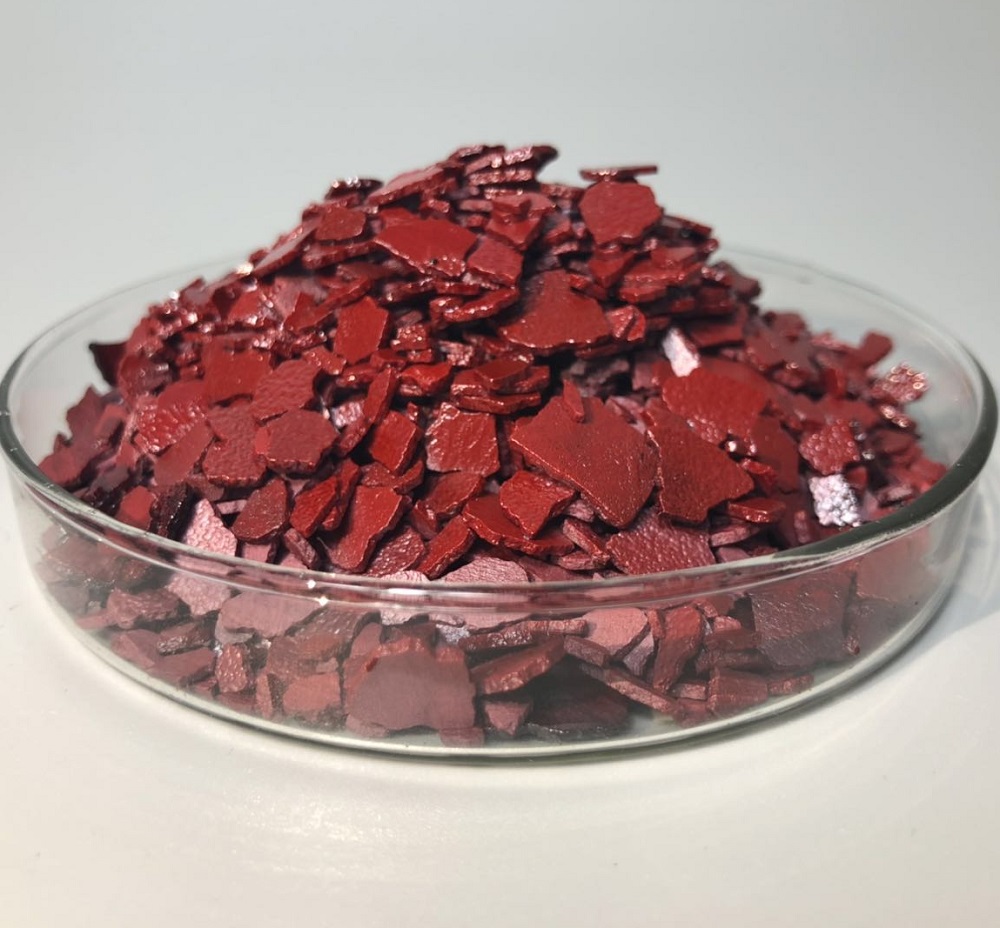


Therefore, in order to constrain the habitability of Mesoproterozoic oxygen oasis, it is essential to reconstruct the O2 fugacity in the seafloor. Such oxygen oasis likely developed at shallow marine seafloor covered with microbial mat, where O2 produced by benthic cyanobacteria resulted in the oxygenation of seafloor. These findings imply the possible occurrences of oxygen oasis that provided habitable niches for eukaryote evolution. However, recent studies report multicellular fossils and episodic/sporadic inception of oceanic oxidation in Mesoproterozoic. It is suggested that 2–10% of seafloor euxinia was sufficient to deplete some micro-nutrients in the ocean inventory, such as Mo and Cu, which are essential for nitrogen-fixation for eukaryotes. It is widely accepted that the atmospheric O2 level was low (<1% PAL or < 10% PAL) and the ocean remained predominantly anoxic with the development of sulfidic (H2S rich) continental margins. The Earth’s middle age or the ‘Boring Billion’ (∼1.8 to ∼ 0.8 Ga, billion years ago) represents one of the most enigmatic intervals in Earth’s history, characterized by the absence of significant carbonate carbon isotope excursions and the sluggish evolution of eukaryotes. Paleoenvironment reconstruction based on Cr isotope compositions of carbonates should take post-depositional processes into consideration. Therefore, Cr isotope compositions of carbonates may easily be affected by post-depositional diagenetic processes, and Cr isotope variations in sedimentary carbonates should not exclusively correspond to changes in oxygen levels in the atmosphere and ocean. Because Cr(III) is incompatible with the carbonate crystal lattice, we suggest that most Cr in natural carbonates is adsorbed on the crystal surface and may be acquired at water-sediment interfaces after carbonate precipitation. Moreover, we find that Cr(III) can stimulate polymorph selection of vaterite during CaCO3 precipitation, likely due to the formation of Cr hydroxide on the surface of vaterite crystals, hindering its transformation to calcite. It may exist in interstitial voids in crystals or occupy the position of Ca²⁺ in the form of divalent Cr hydroxide cation, leading to a distorted structure. A small fraction of Cr can reside in the calcite crystal, but Cr³⁺ cannot directly substitute for Ca²⁺. Most Cr is adsorbed on the crystal surface of calcite or exists as amorphous Cr hydroxide. There are likely to be several Cr species in the coprecipitation samples. Extended X-ray absorption fine structure (EXAFS) results suggest that Cr(III) is incompatible with the calcite crystal lattice.

Here, we conducted coprecipitation experiments for Cr(III) with calcium carbonate to constrain the behavior of Cr(III) in carbonate deposition environments. However, the incorporation behavior of Cr(III) into carbonates remains undefined. Recent studies have indicated that Cr found in natural carbonates is dominated by trivalent Cr, also known as Cr(III). Chromium (Cr) isotope compositions of marine carbonates have widely been used to trace the evolution of oxygen levels in the atmosphere and ocean during geological history.


 0 kommentar(er)
0 kommentar(er)
